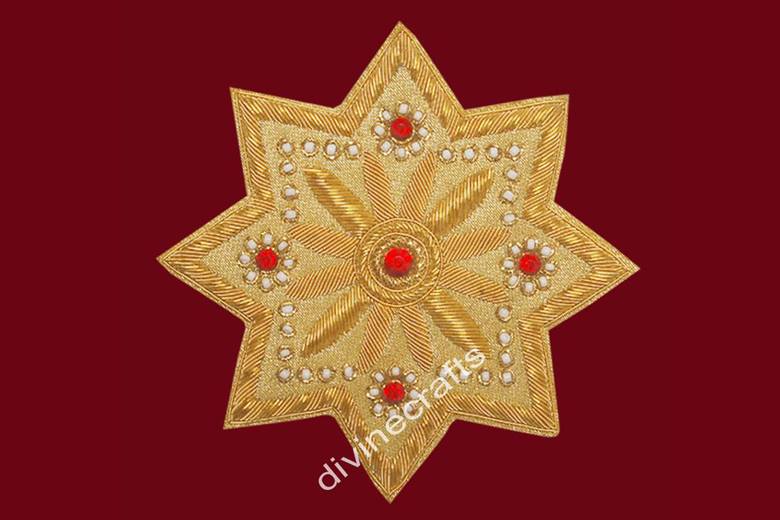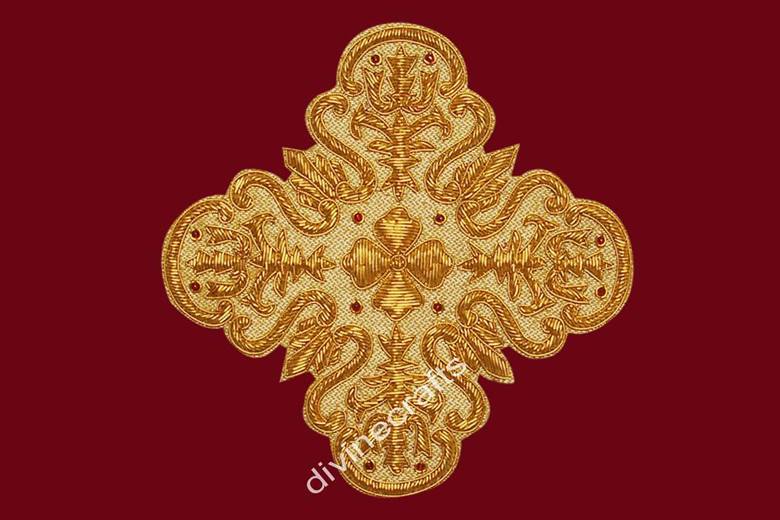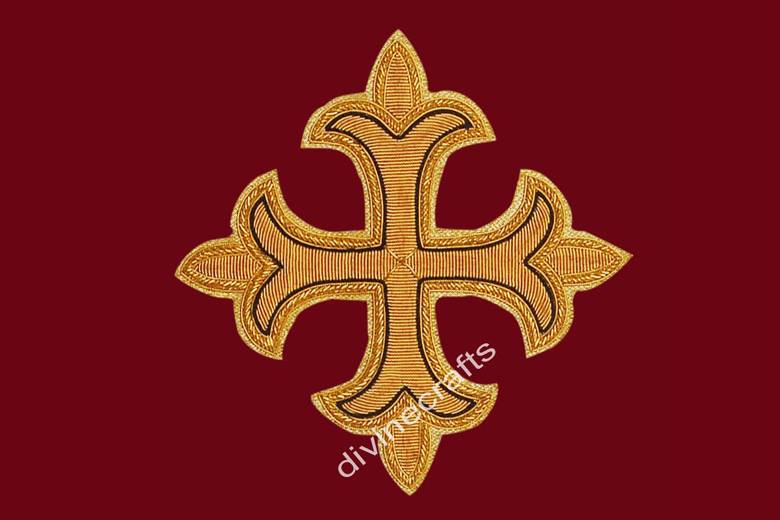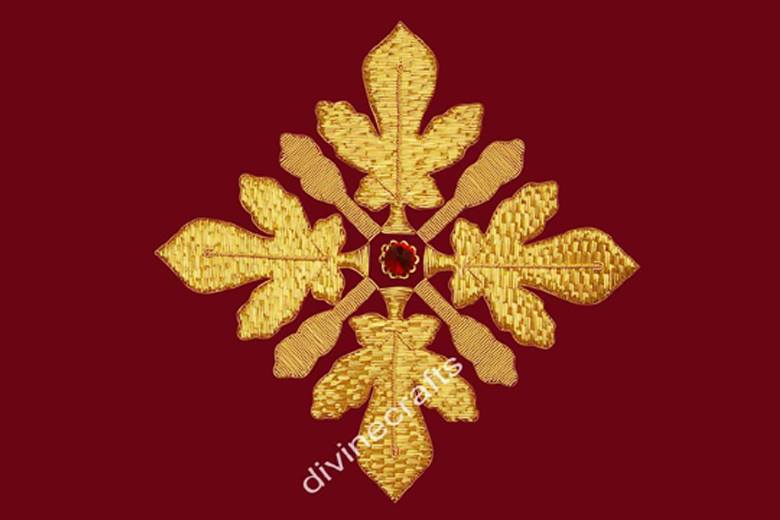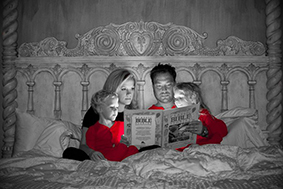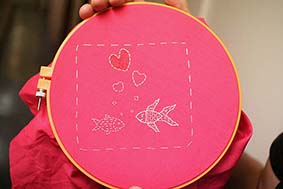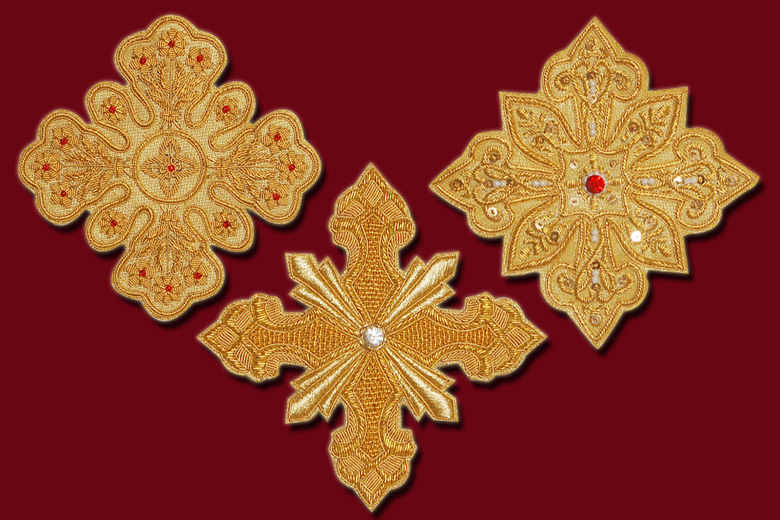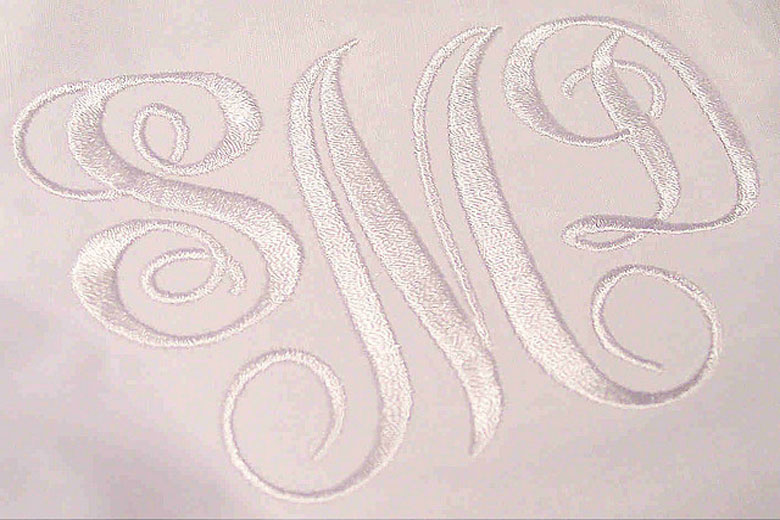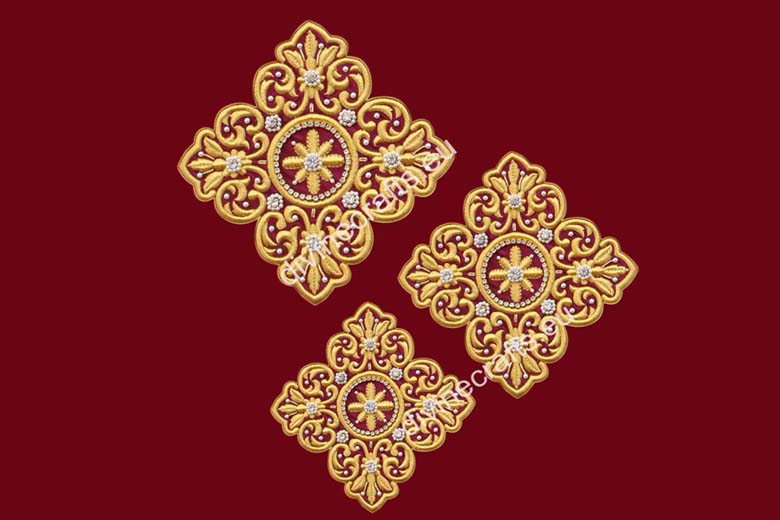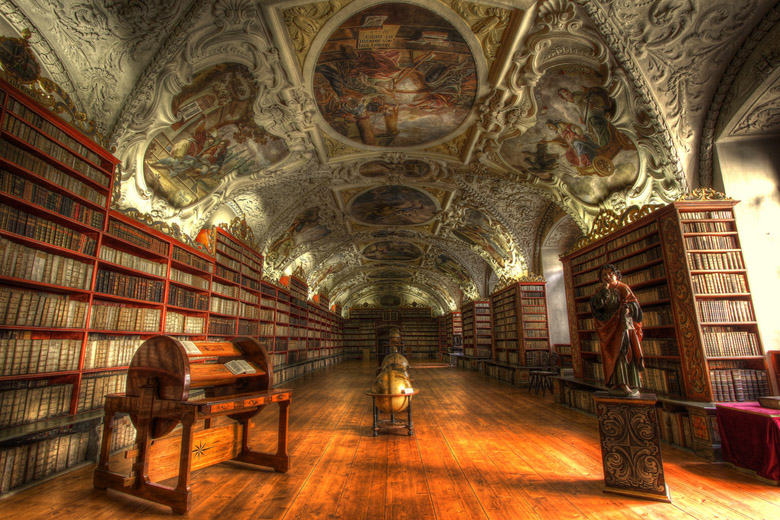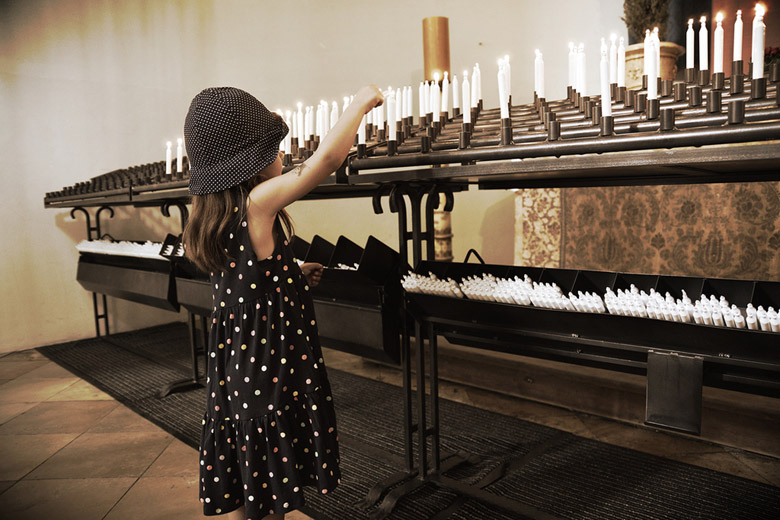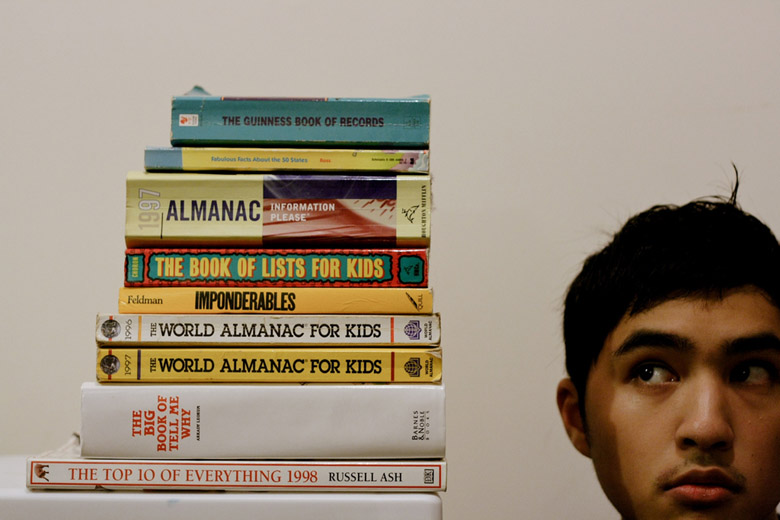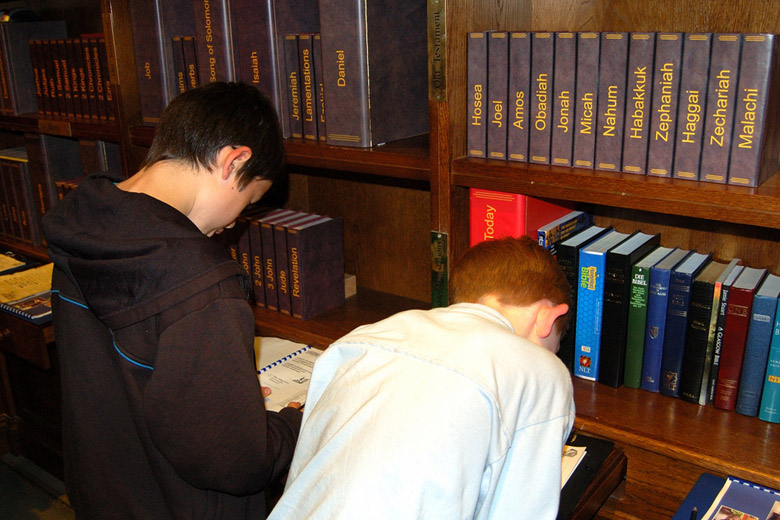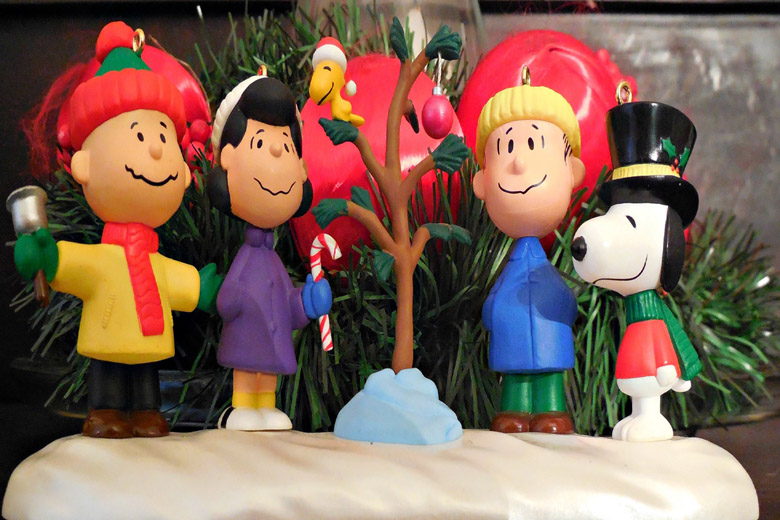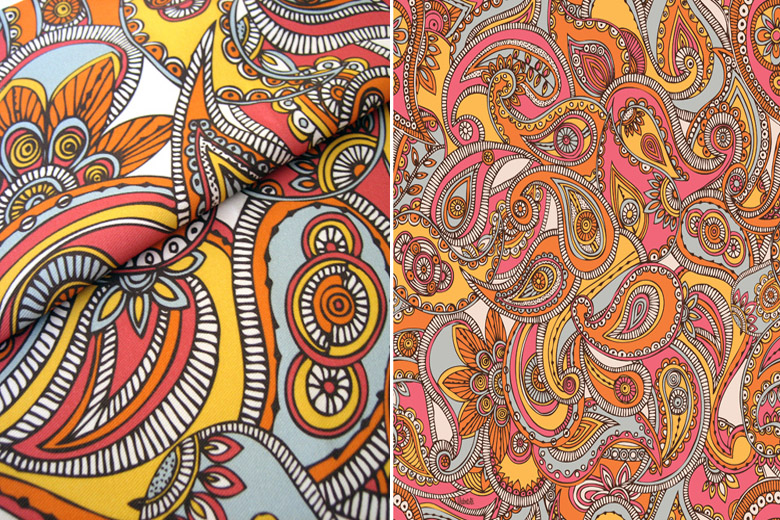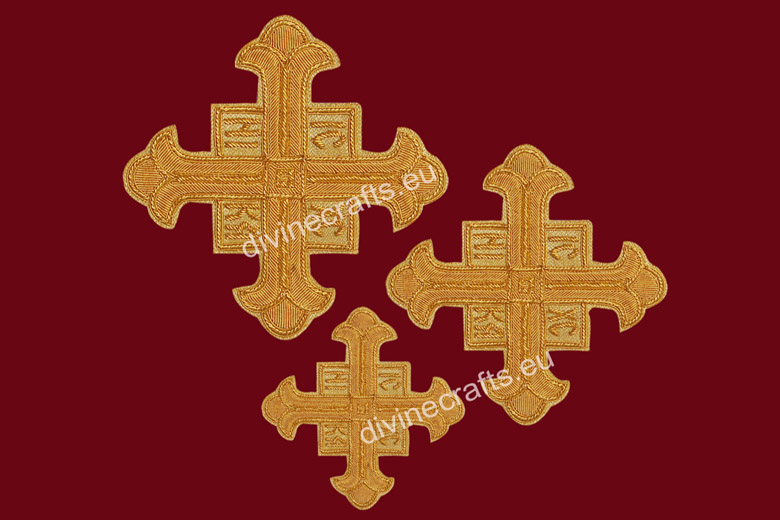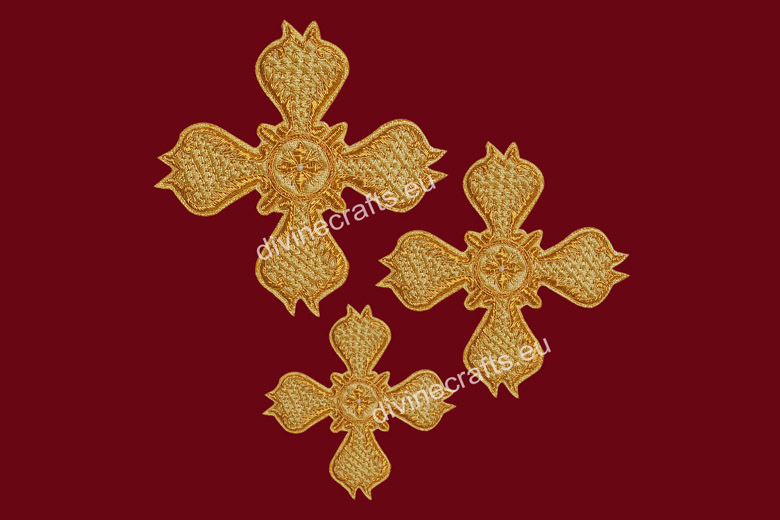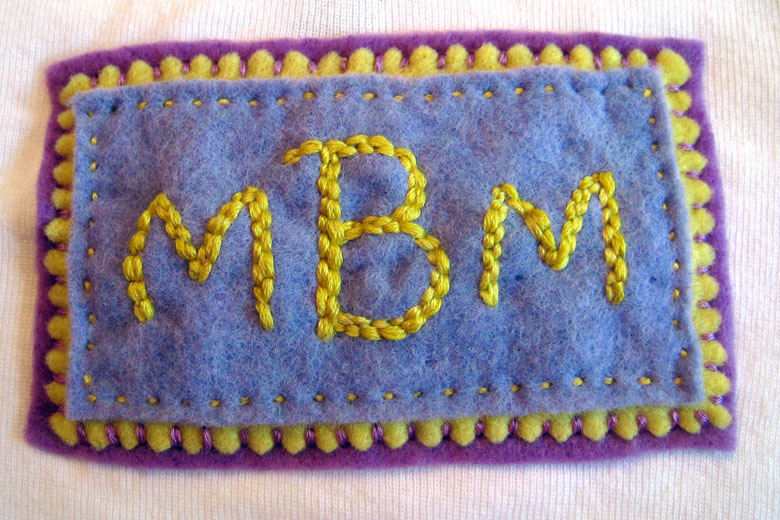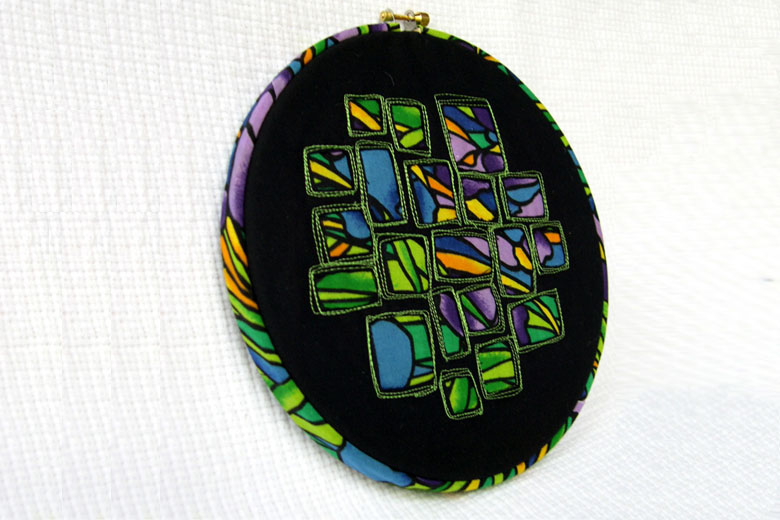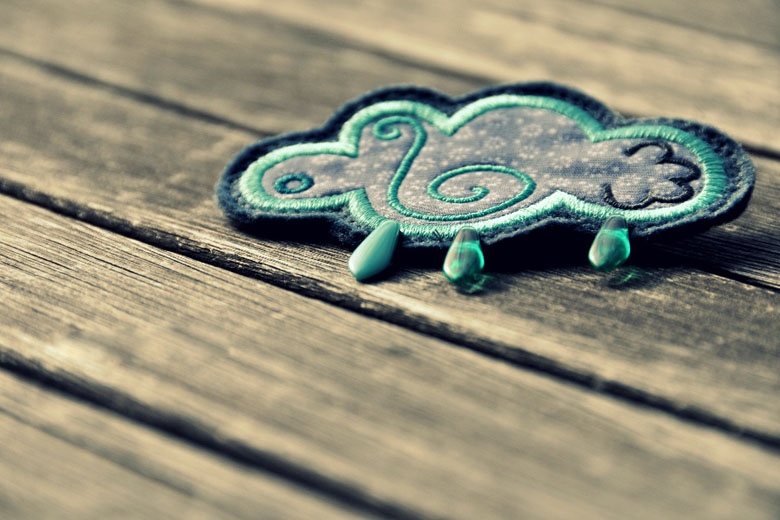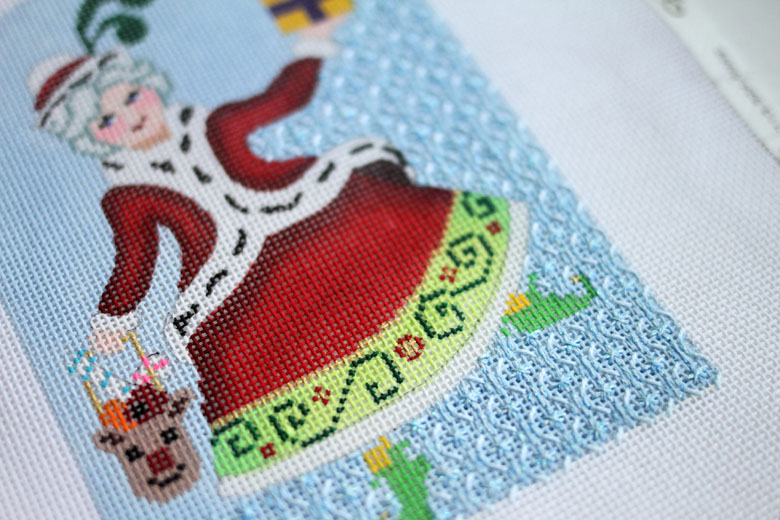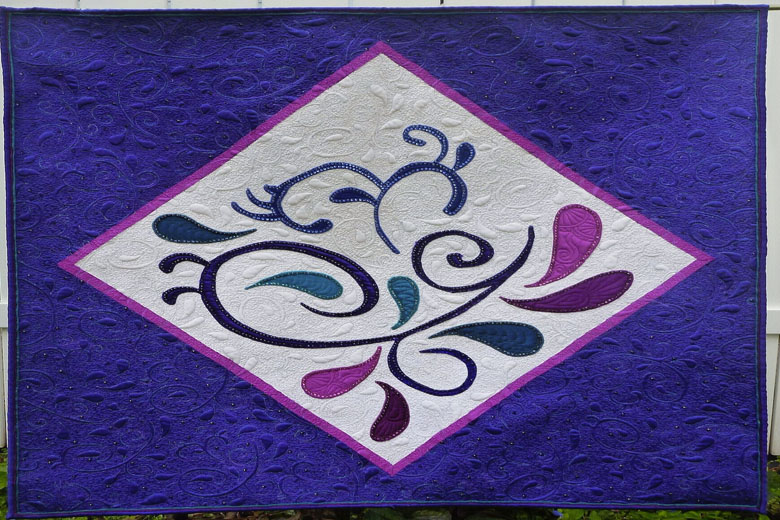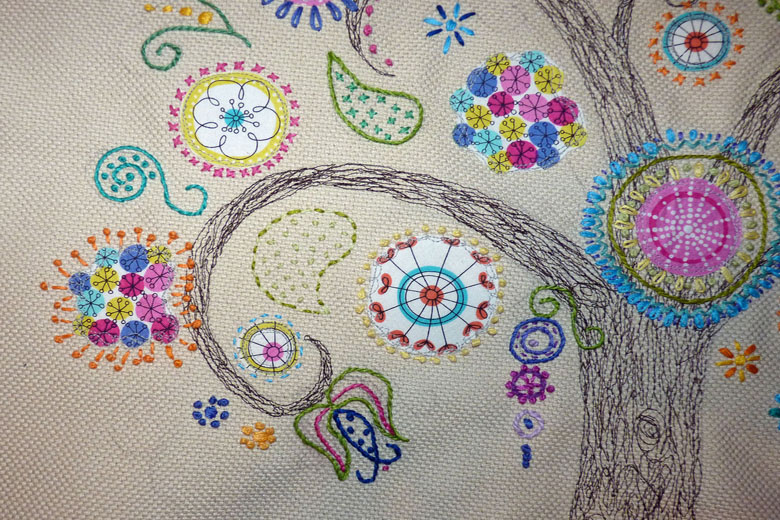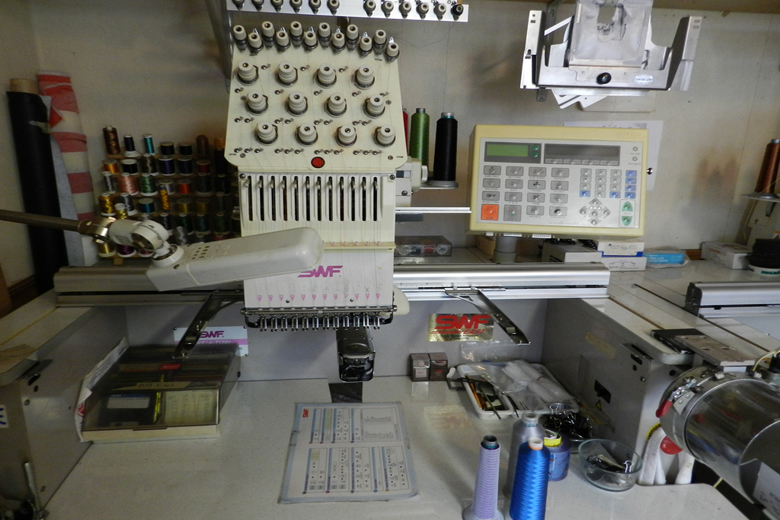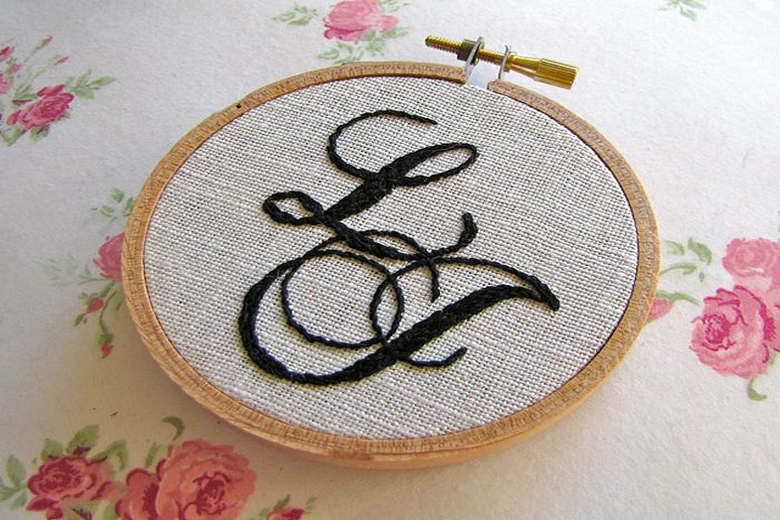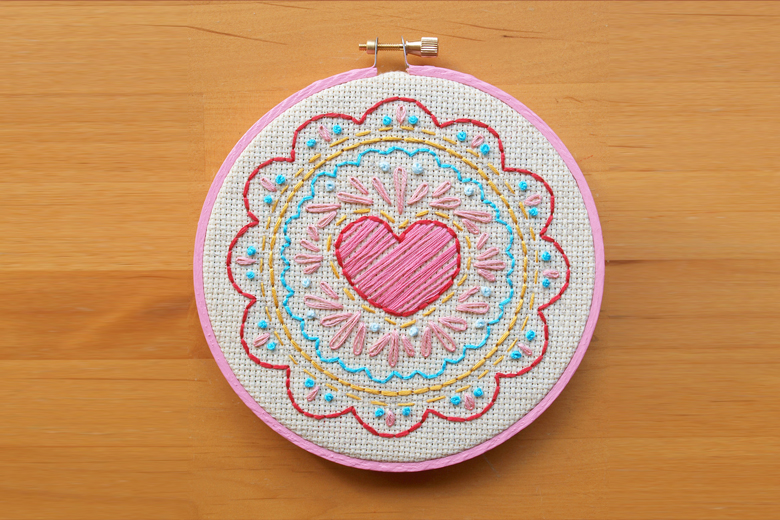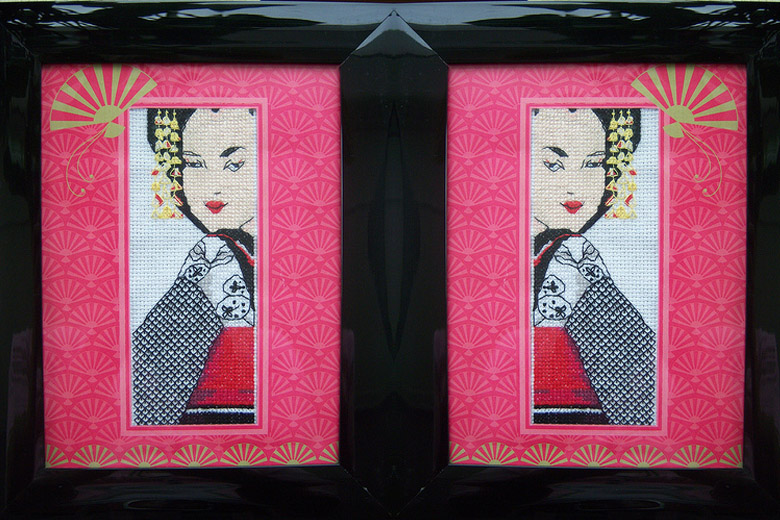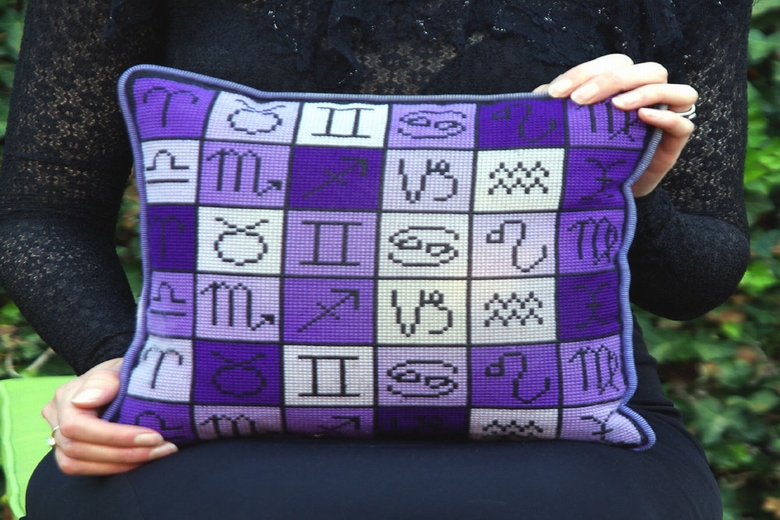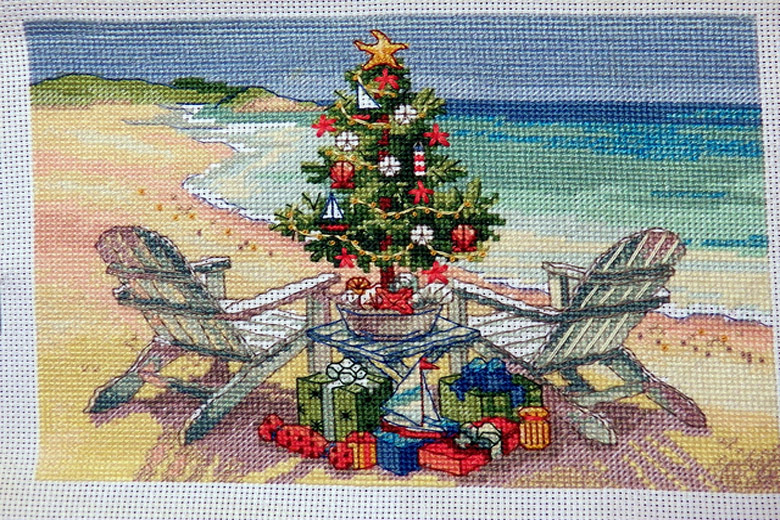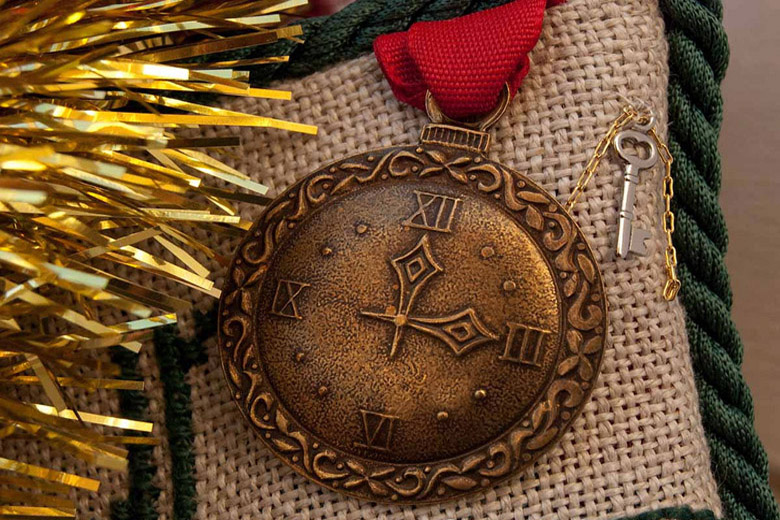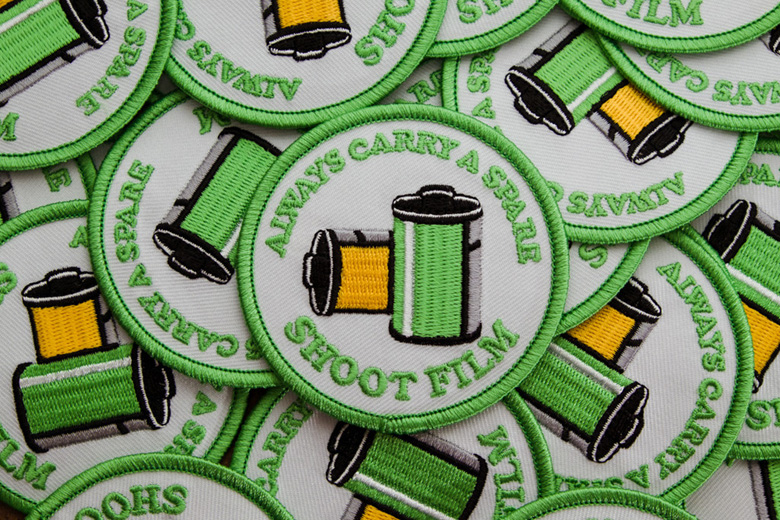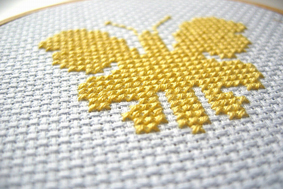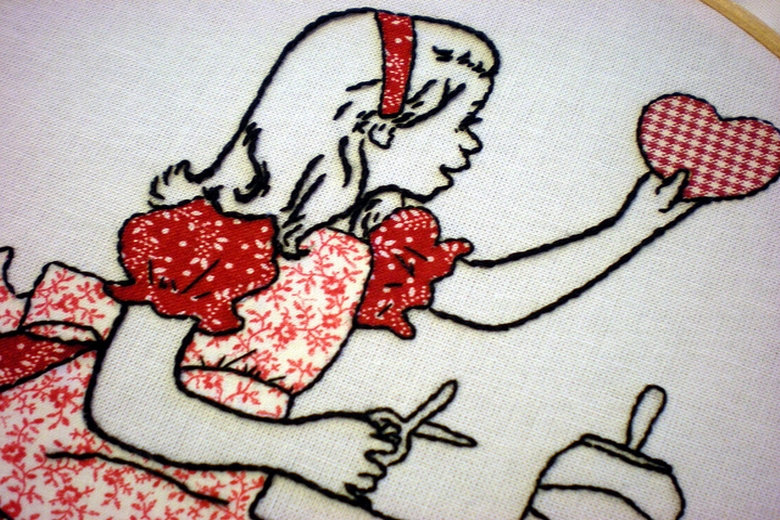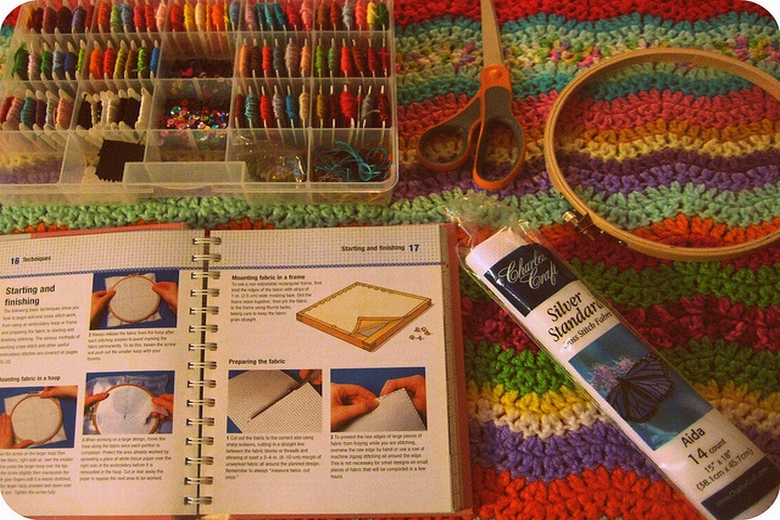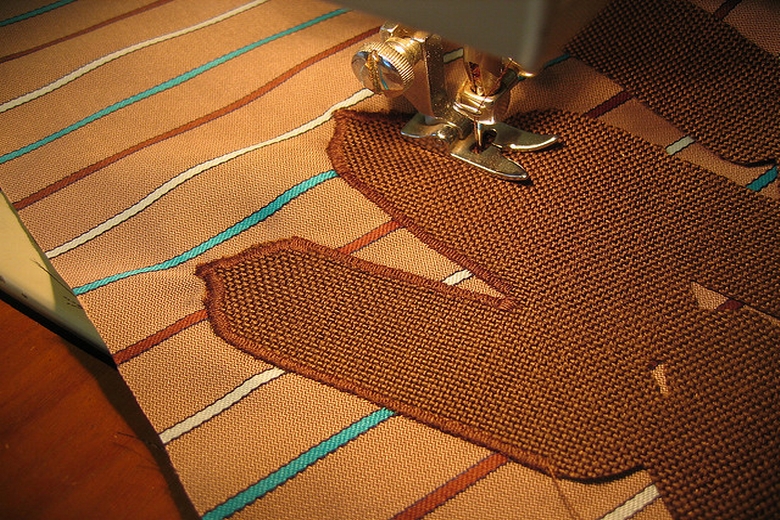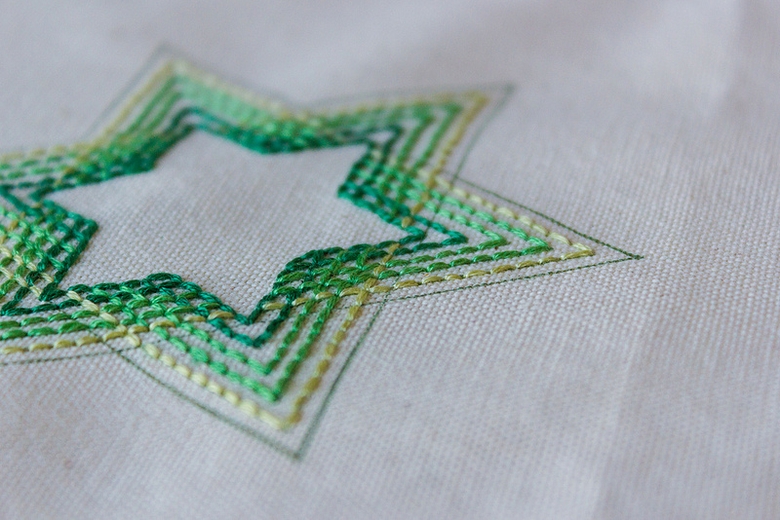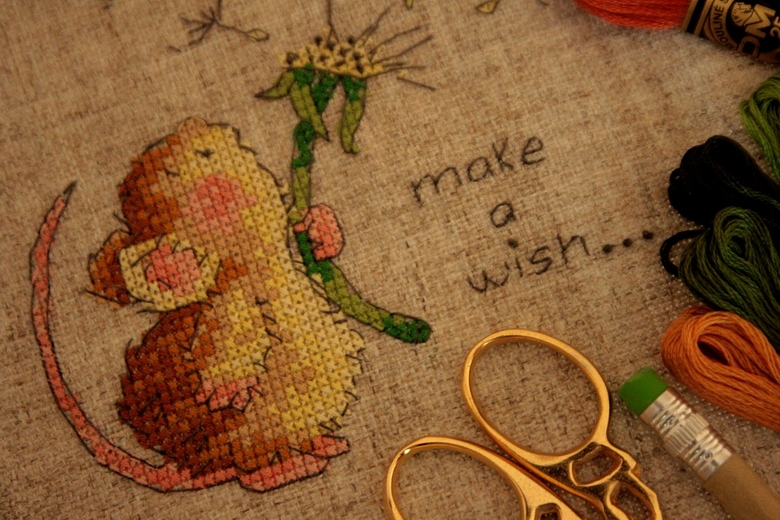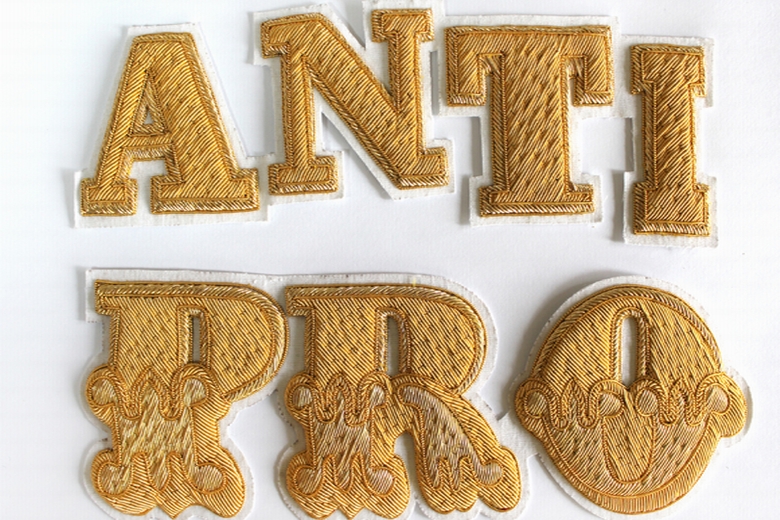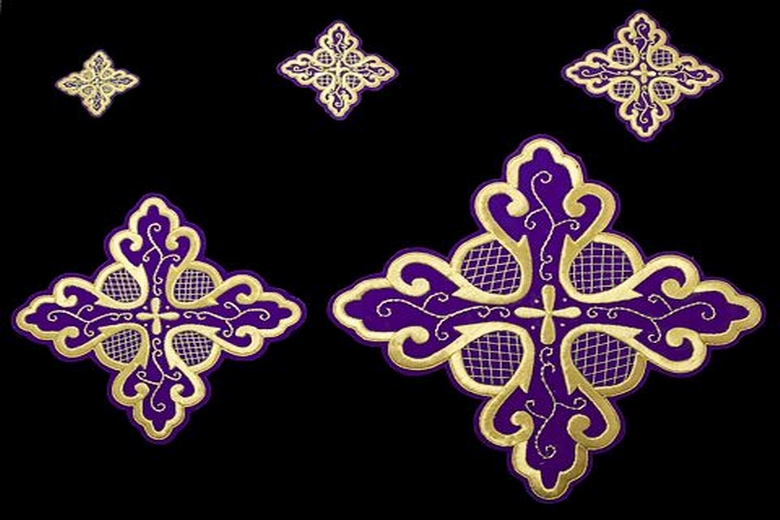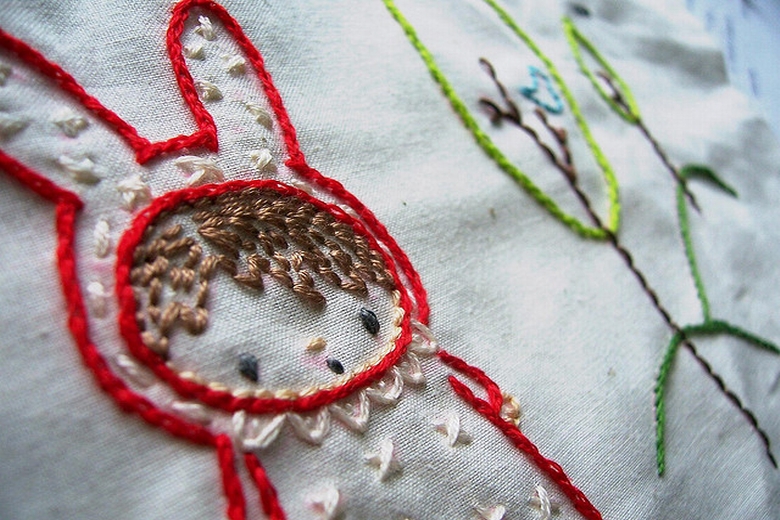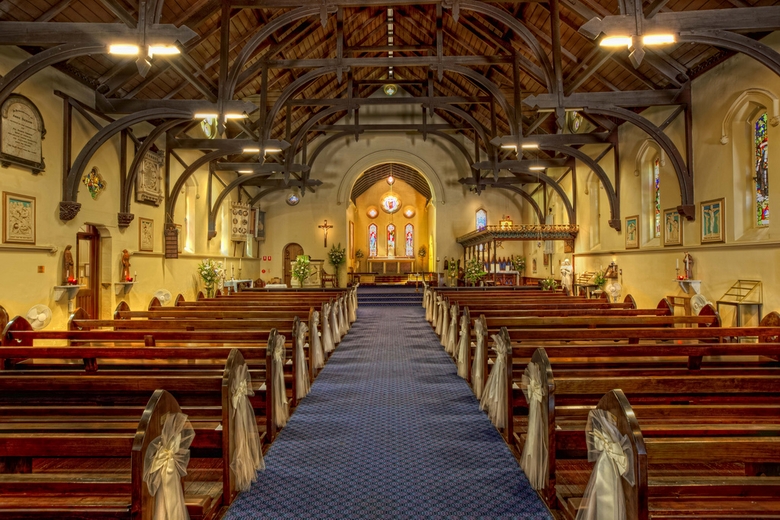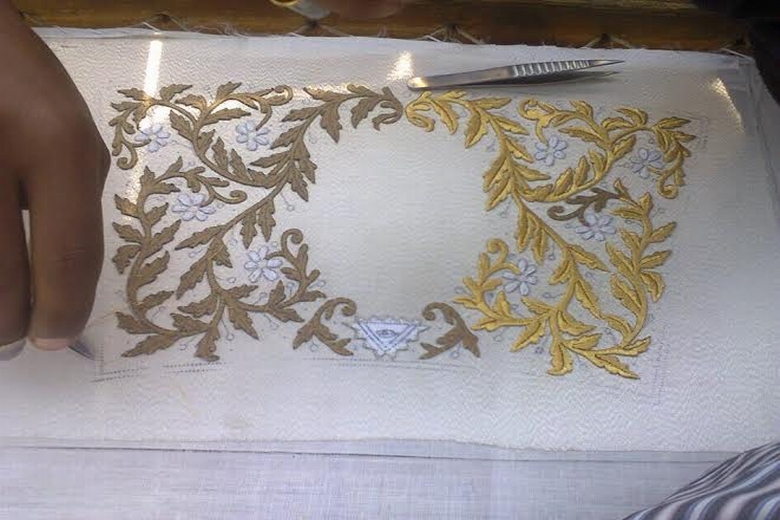
Embroidery is a much loved hobby for people of all age groups. Men and women take up this creative and artistic handwork involving thread and needle to create beautiful masterpieces based on all kinds of fabrics. In olden days, men used needles and threads to patch up the torn pieces of their clothing and gear with stitches to make sure that these patches stayed intact in the harsh use. From these simple stitches made by needle and thread, they discovered that pretty designs could also be made on clothes to decorate them. From here onwards the use of embroidery done by hand increased and people, women especially were masters of this art of crafting new designs on a piece of cloth. Quill, wire, gold, wool and metal were used along with these simple threads and needles to decorate the designs. Some people from the good old days used stones, gems, seashells and seeds of dried fruits to decorate their designs or to differentiate between the designs of two different regions as well. Hand embroidery is of different kinds but before you get into the depths of this magnificent art, it is important to get the basics down perfectly.
Read More
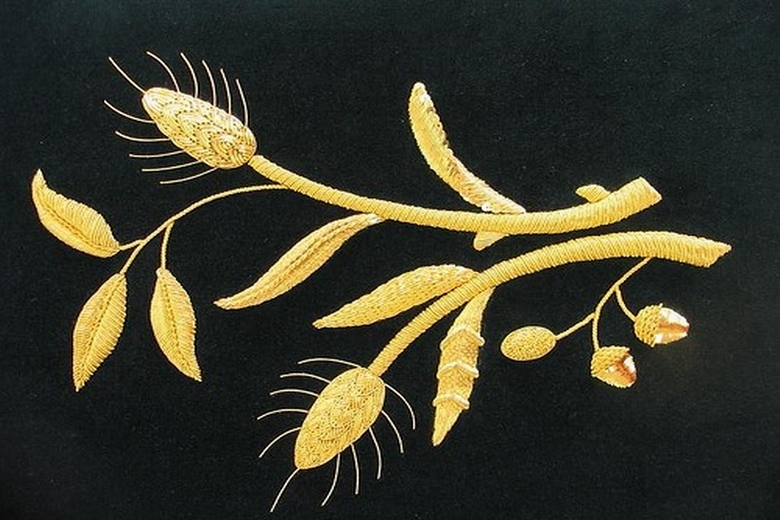
Hand embroidery is an elaborate and elegant work where the devil is in the detail done by the sheer perfection of one's hand. What happens if you don't have a guideline for your hand to follow? This is why hand embroidery patterns are required by people who want to make sure that the hand doesn't stray from the design that you want create. Thus, it ensures perfection and neatness in the hand embroidered design. You can see sequential patterns everywhere around you- in architecture, on the streets, at homes, in appliances and cars. This is largely because everything needs a preplanned pattern that guides the process in stable harmony ensuring that the work is done in the required time with the required amount of labor and is done with such perfection that no flaws mark it. Similarly patterns are also used in hand embroidery work so that the design is completed without any mishap because it is going to be unfortunate for your design to miss a primitive part of itself because you didn't have a proper pattern with you.
Read More
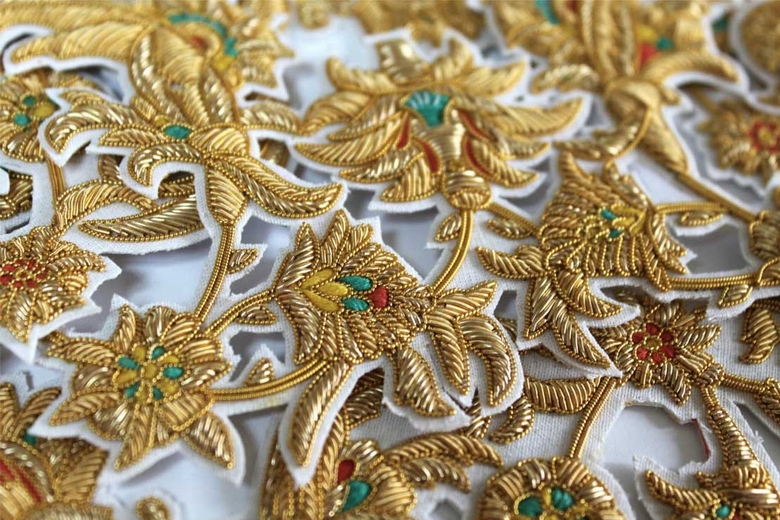
When it comes to embroidery, you need to make sure that every aspect of it comes together with such harmony that the design and its components stand out on the fabric showcasing your artistic abilities and aesthetic sense to the fullest. The tools and equipment needed for embroidery are quite simple but they play a vital role in the presentation in the end when you are finished with the design and coloring.
Thanks to machine embroidery, brightly colored and antique embroidered patches are now available in the market. These patches can be used to adorn all kinds of fabric in a number of different ways. For instance, you can simply stick them on with glue, sew them in place, use pins to keep them attached to the fabric or use an iron to press the patch onto the fabric.
Read More

Patches are of different kinds based on the backing that comes with each of them. Some patches can stick to the material while other patches are attached to the material with the help of pins or needle threads. Patches with no backing are usually the ones that need to be sewn on the cloth or material because these patches have no neat back of their own. The threads are open in the back where knots are made. This is why it is necessary to sew them in the material rather than use any other form of method to stick them to the material. It is because patches with no backing are usually hand embroidered ones; hence the threads in the back are not as neat as they are in the front. To conceal these open threads from the viewer these patches are sewn into the material using various kinds of stitch pattern like Satin stitches or split stitch etc. These kinds of stitches make the attachment look pretty and they complement the overall look of the design as well.
Read More
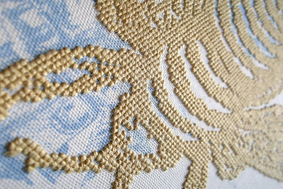
People who are beginners at cross stitching often have to decide between two types of kits: counted and stamped. Both patterns yield the same results. There are x-shaped neat stitches in each pattern and it all depends on the personal choice of the person.
To be able to create a pattern in counted cross stitch, the embroiderer would need a fabric with high thread count. The greater the number of stitches per square inch, the more intricate the details would be. Also, the embroiderer would have the choice to incorporate more colors in the design. Finally, there is a wider range of sizes in the counted cross-stitch patterns.
Read More







